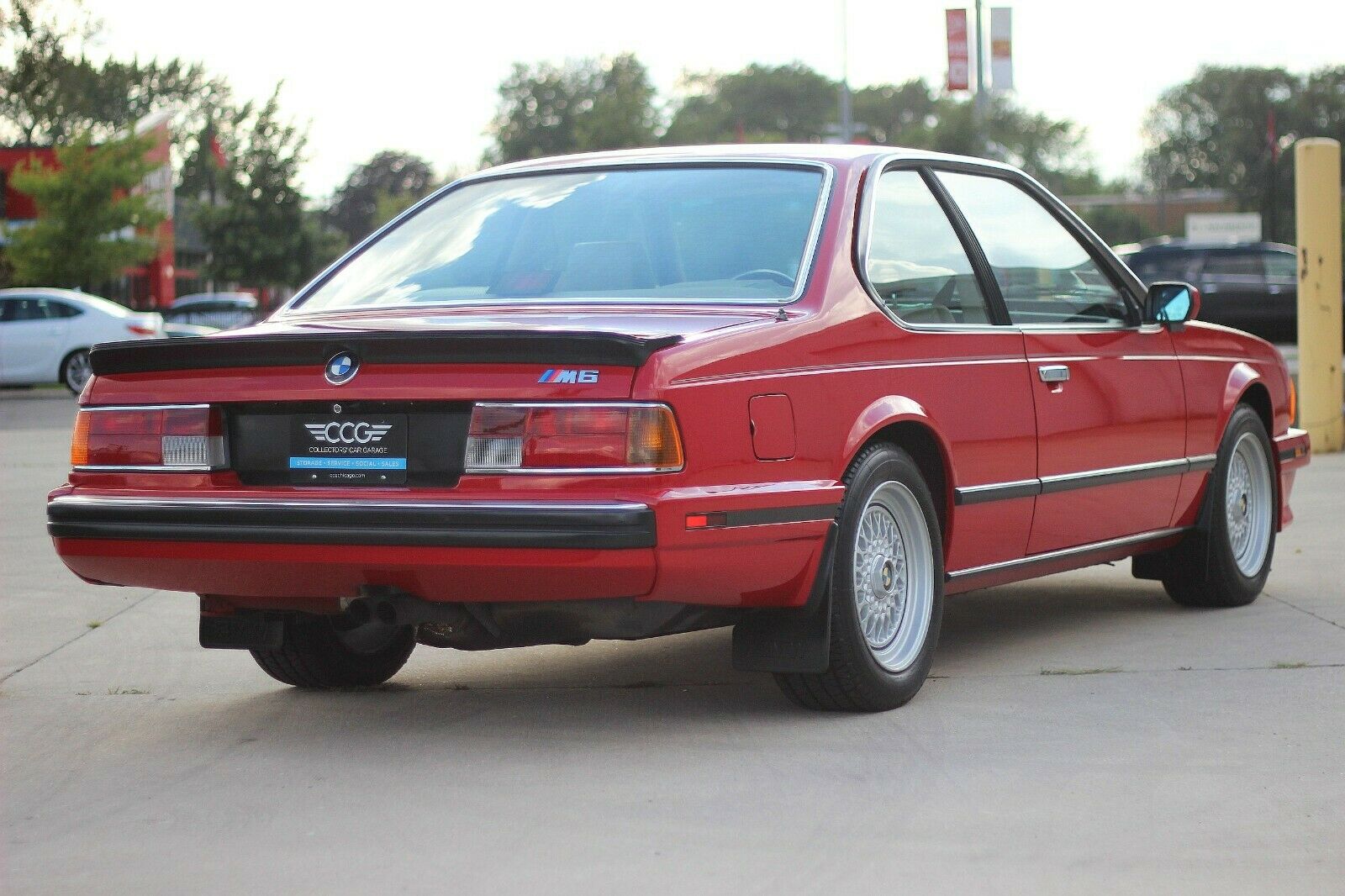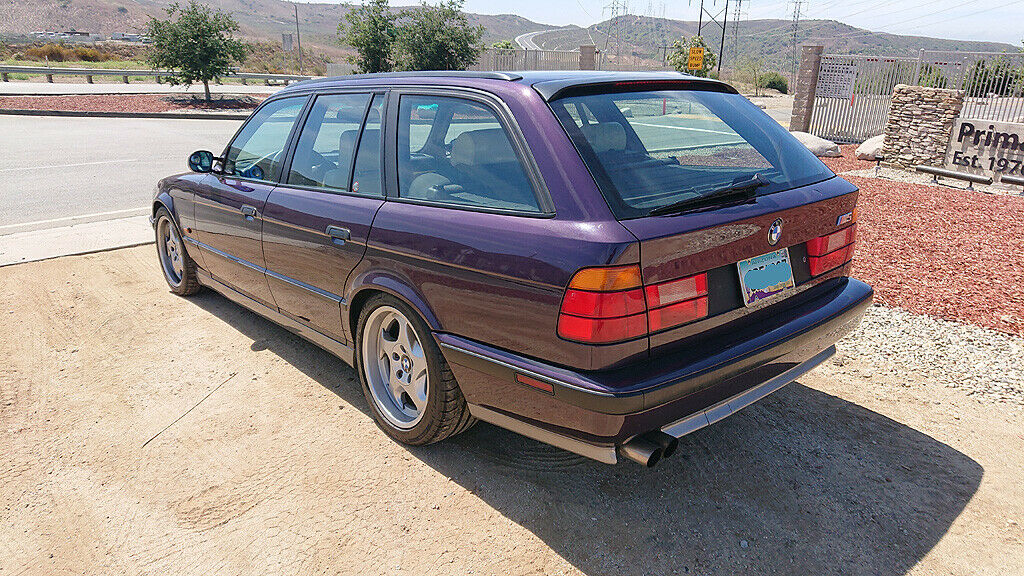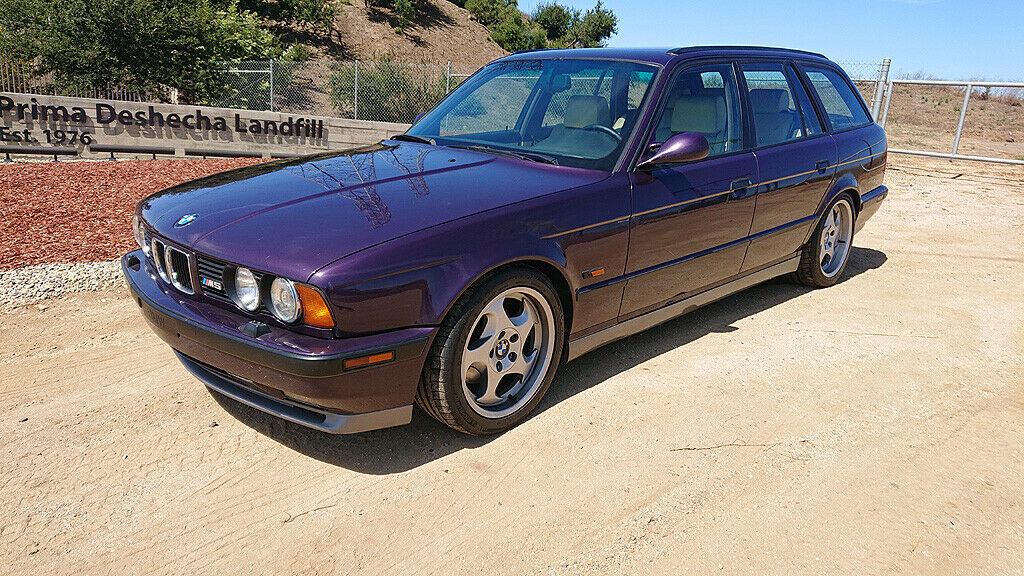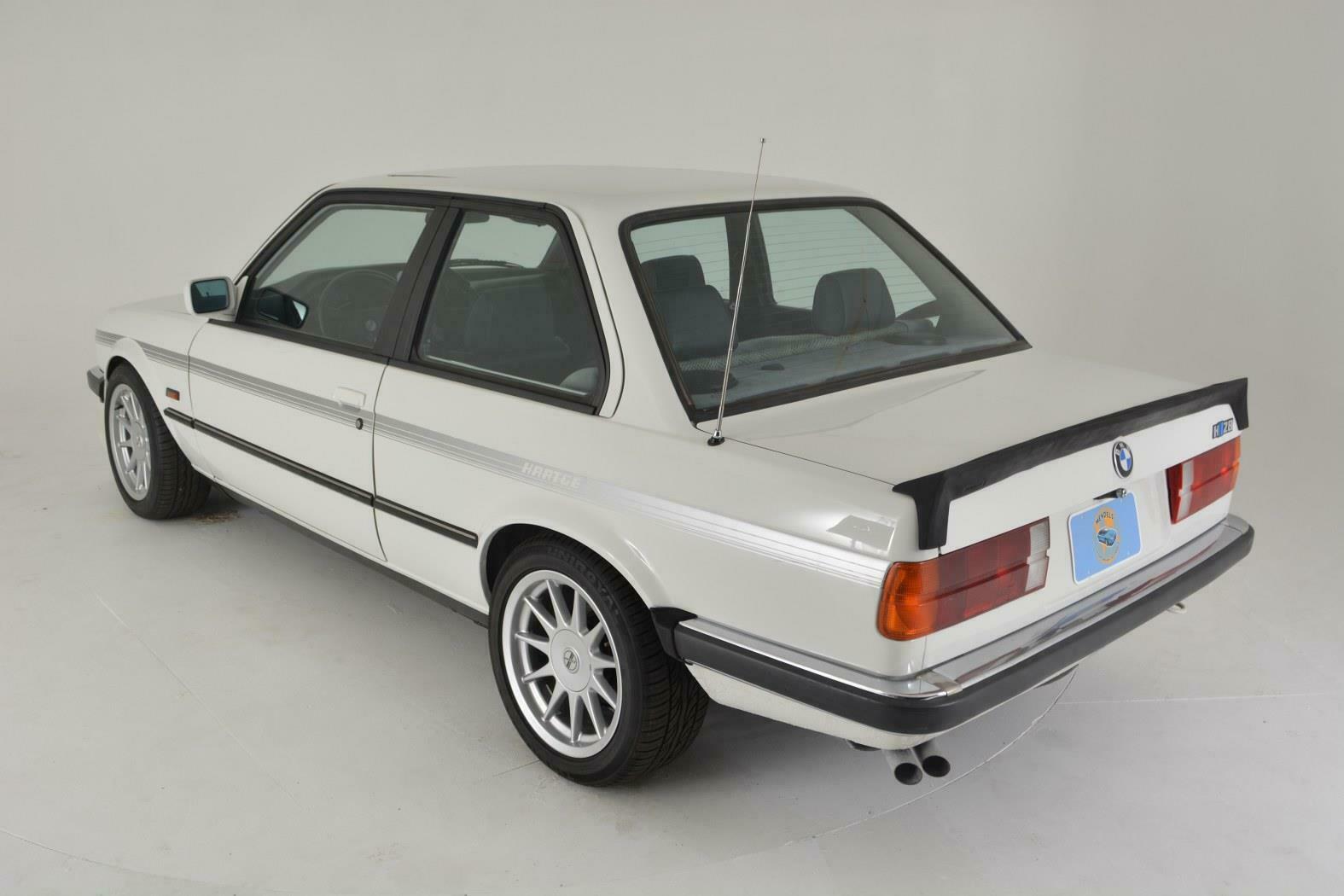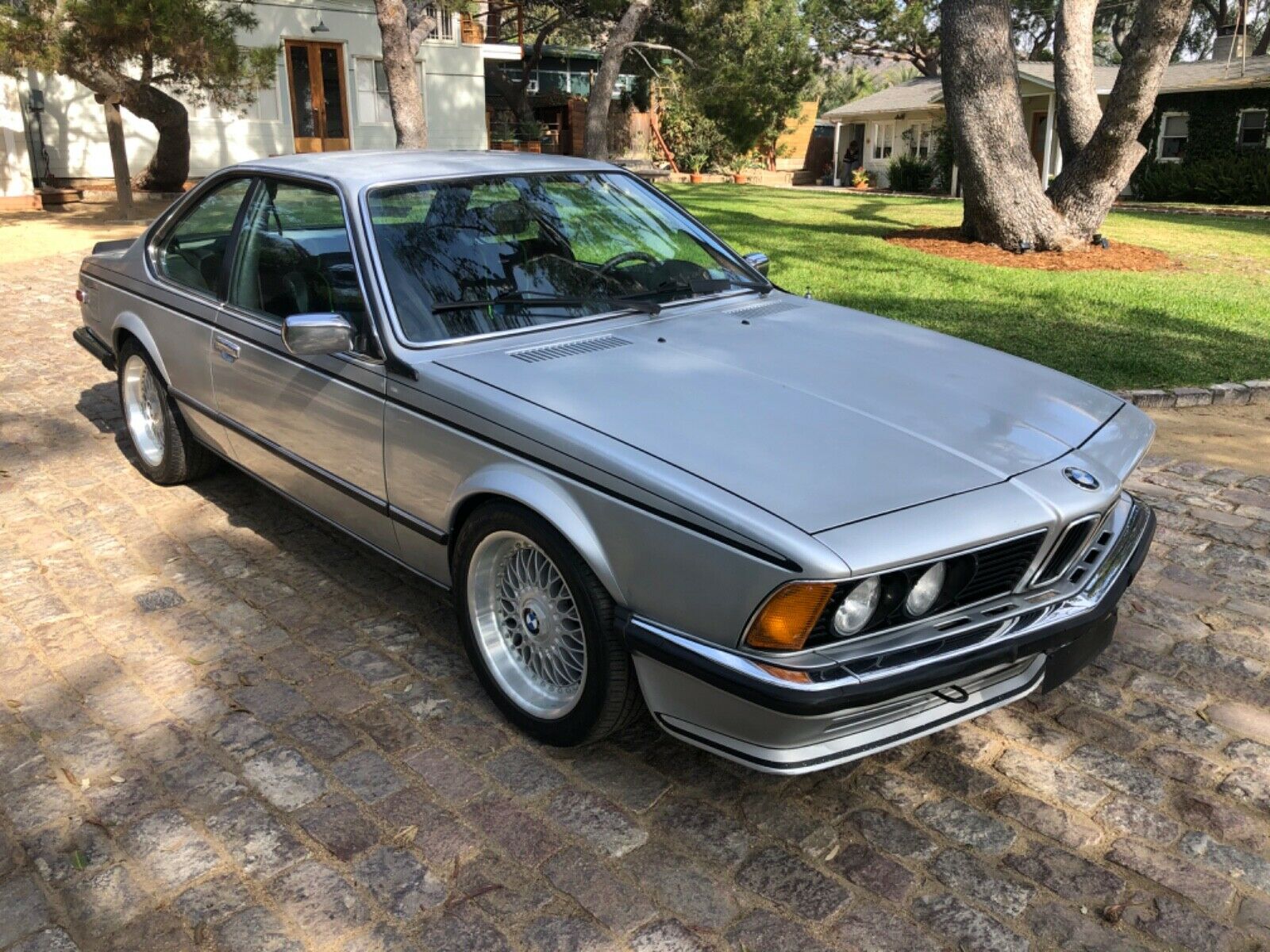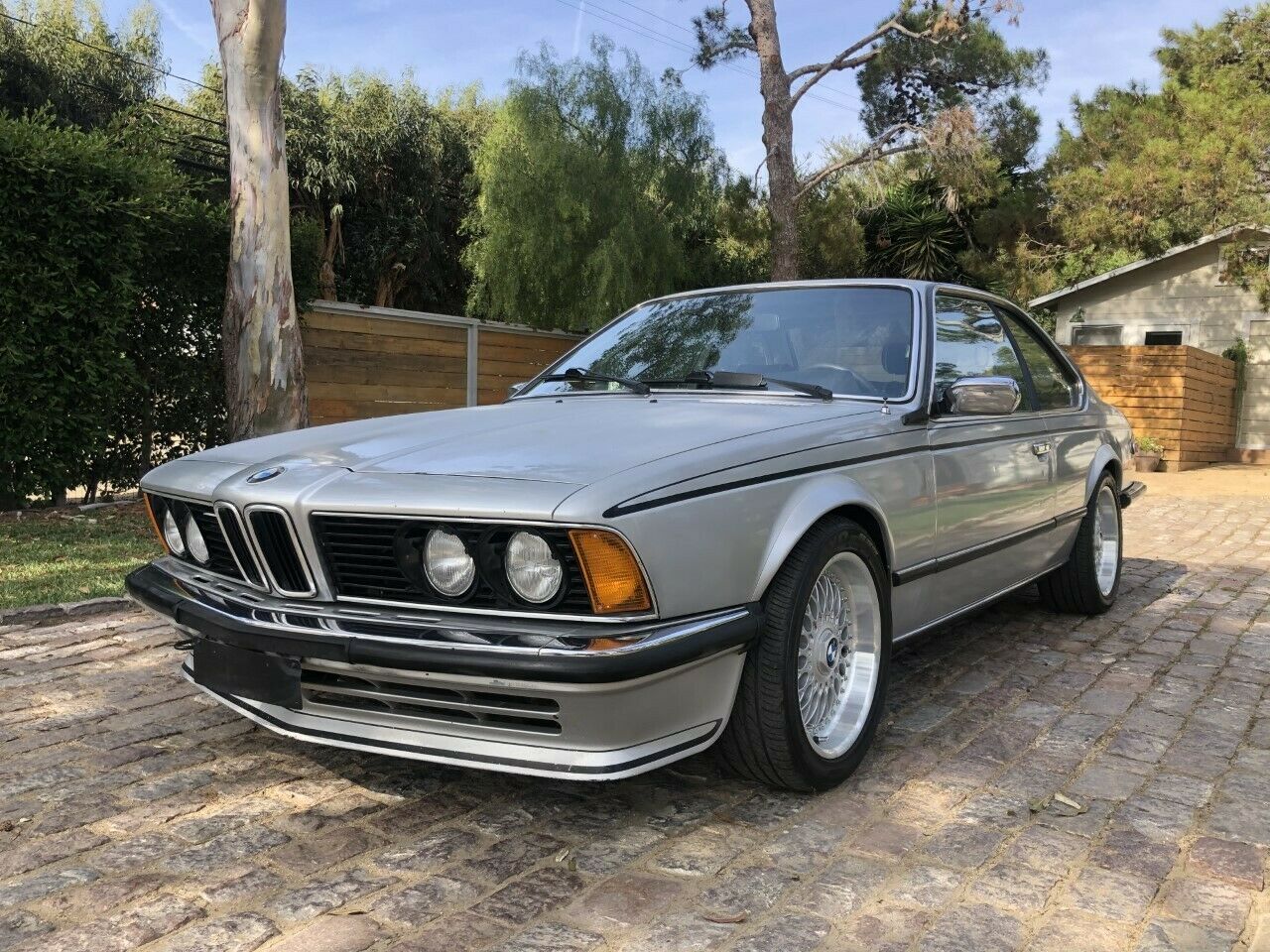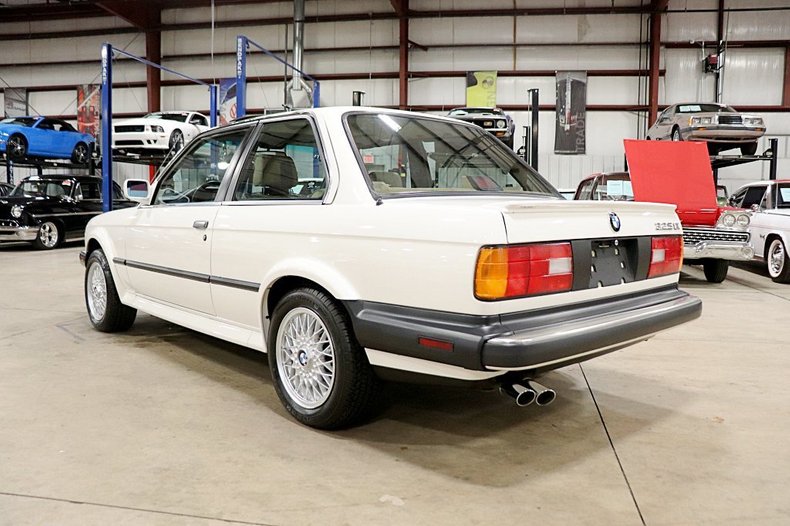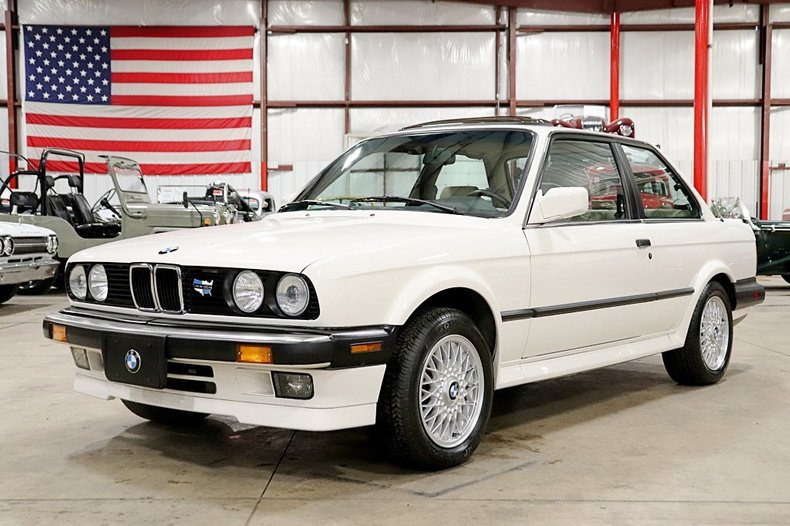Though they’re the juggernaut of BMW performance today, the reality is that there were quite a few stumbling blocks and it took many years for BMW Motorsport GmbH to establish themselves as the benchmark for German performance. Though many consider the M1 the genesis of BMW M, in fact the brand was born nearly a decade earlier with the introduction of the 3.0 CSL. The high performance E9 was built together with BMW’s competition department, a relationship which ultimately resulted in the birth of BMW’s Motorsport division. A few years later, the new entity would give birth to an equally legendary creation, the 2002 Turbo. But when it came to the first car to carry the “M” badge, it was of course the legendary M1 with its motorsport derived M88/1 double overhead cam inline six screaming in the middle of the car. You’d think this recipe carried over to the sedan range, but that was not immediately the case. First, BMW produced the M535i in the E12 chassis. Though the E28 model of the same designation was mostly an appearance package, the E12 model was turned up over the rest of the range – but not with the M88; BMW instead relied on the M30 to power the M535i. Then, there was a year where nothing happened; the M1 was out of production, the E12 was replaced by the E28, and ostensibly BMW had no real performance models.
That was remedied at the 1983 Frankfurt Motor Show, where a juiced up version of the 635CSi was offered. It was labeled the M635CSi; but unlike the M535i, under the hood wasn’t the venerable M30 that powered the normal 635CSi. In its place, the Motorsport division decided to slot the M88, now with /3 designation; the result was 286 horsepower – a staggering figure at the time, considering that the contemporary Porsche 930 was considered fairly bonkers with a little over 300 horsepower and though it looked much larger, the early E24s only weighed about 200 lbs. more than the Porsche. Coupled with some aerodynamic tweaks, heavier duty suspension, brakes and larger wheels and tires, the result was the menacing presence worthy of the nickname “Shark”. For all intents and purposes, this was really the first “M” car for the masses. BMW brought its M lineup to the United States for 1987 with the renamed M6, and that model was lightly revised for ’88. Power was down to 256 with the catalyst-equipped S38, but ’88s picked up some visual appeal with revised headlights and slimmed corners, as well as body-color painted bumpers that make the ’88s and ’89s look a lot more polished than the ’87s.
